A question we get asked a lot is “What exactly is a serving size?” As we begin working with clients, this is usually one of the first lessons we teach as we want everyone to be able to make good decisions. Adjusting portion sizes can have a big impact on achieving your goals without making dramatic shifts to what you’re eating.
Did you know you have a built-in portion guide that goes everywhere with you?
Take a moment to look at your hands. Everyone’s hand size is unique to their body and is consistent once you are an adult, this means that each individual has an on-the-go portion guide. Let us explain…
Meat
The palm of your hand is a great measure for a portion of meat protein, such as beef, lamb, pork or chicken. You can also use the thickness of your hand to match as well. Protein provides the building blocks for muscle gain (we’re looking at you, gym bunnies), and provides the greatest level of satiation out of all the macronutrients. That’s the fullness that you want to feel after a meal so you don’t go looking for snacks. Meat is also a great source of B vitamins, iron, and zinc - all very important to how our bodies function.
Fish
A serving of fish should equal your whole hand. Even though fish is a meat and a source of protein, we don’t include it in the same portion guide as other meats. This is because white fish is less dense and lower in calories.
Now oily fish is another story. Fish like salmon and sardines are higher in calories due to their beneficial omega 3 fat content, DHA and EPA, which all support our brain and heart health. For fatty fish, the recommended serving size is around 100 grams (rather than 140g as for white fish) which means a portion of fatty fish is closer to a large palm.
Grains, legumes and starchy vegetables
A clenched fist is a good indication of a carbohydrate portion of a balanced meal. This includes your potato, kumara, rice, quinoa, pasta or a whole grain bread roll. Starchy carbohydrates provide slow-releasing energy to keep you energised throughout the day.
We should note here that refined carbohydrates such as white bread, white sugar, and baked goods do not have this same effect. Rather these foods provide a burst of energy followed by a low, which is no fun. Stick to the starchy carbohydrates to stay energised for longer.
A portion of legumes, such as chickpeas, lentils and beans, is also the size of your closed fist. These are great options if you’re eating less or no meat, as they also contain plant-based protein, are packed full of fibre and are low in fat.
Vegetables
Two cupped hands give you a guide for a minimum portion of non-starchy vegetables at mealtime. This is the part of your plate that you can go as big as you like! This includes an incredible variety of foods that you can prepare in so many different ways. Capsicum, carrot, broccoli, cucumber, mushrooms, eggplant, corn, peas, onion, garlic. spinach, lettuce and tomato.
We all know that we need to eat our vegetables, but why? Eating from the rainbow gives us the greatest range of vitamins and minerals to make sure we are getting everything we need and are covering all bases. Kinda like an insurance policy.
Fats
It might sound a little strange, but your thumb x2 is a good measure for fat at each meal. This category includes heart-healthy unsaturated fats such as nuts, avocado, seeds, hummus, and olive oil. As well, saturated fats like butter and cheese, which should be consumed in moderation.
Keep in mind fats are very calorie-dense compared to the other macronutrients, which means that in small doses they pack a punch and can pile extra calories onto your plate quickly. We’re looking at you, sauces and dressings. Fats contain 9 calories per gram, whereas protein and carbohydrates contain 4 calories per gram. Nothing to worry about, just good to know why we often have smaller serves of fat. The great bit? Unsaturated fats are important for lowering cholesterol, supporting hormone health, and reducing inflammation.
Snacks
Don’t worry, we didn’t forget about snacks. It’s kinda normal to get hungry in between meals. The important thing is what you eat when you do and how much. A single cupped palmful is a good indication for a snack portion of nuts, fruit or non-starchy vegetables.
Putting it all together
Okay, so now you know how to measure out different parts of a meal, how do you bring that together?
To create a balanced plate it is important to include a source of protein, carbohydrates, fat and fruit or veggies at breakfast, lunch and dinner. This ratio will help to ensure you are getting all the nutrients needed from each of the major food groups.
You want it to look a little like this:
½ the plate is non-starchy vegetables
¼ of the plate is a protein
¼ of the plate is a carbohydrate
a few servings of healthy fats.
Understanding what to eat and how much to eat can be overwhelming when there seem to be so many conflicting opinions. It’s often one of the first questions we get asked from our clients who have already tried to find answers for themselves online.
Hopefully, now you have a clear and simple understanding of how portion control can provide your body exactly what it needs. Remember that if you give this a go and find you are hungry you can add in more non-starchy veg to your plate and more healthy snacks between meals.
Now, get out there and put that portable portion guide to the test!
Have questions or need advice? Book to come and see one of the team and we can help you better understand portion sizes to help you achieve your specific goals.






